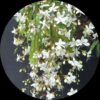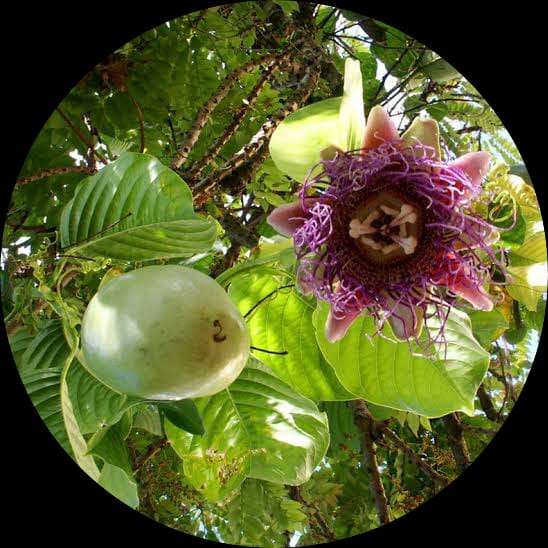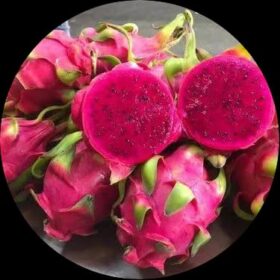- Empty cart.
- Continue Shopping
Akashavellari (Giant Granadilla)
₹280.00Current price is: ₹280.00. Original price was: ₹370.00.
Genus : Passiflora
“The Akashavellari Plant is a remarkable addition to any garden. With its distinct foliage and eye-catching flowers, this plant is sure to make a statement. Create a serene and inviting atmosphere in your outdoor space with the Akashavellari Plant.”
Add to cart
The giant granadilla, also known as Passiflora quadrangularis, is a climbing vine native to tropical regions of Central and South America. It is a member of the Passiflora genus, which also includes other popular fruits like passion fruit and maypop. The giant granadilla is a fast-growing plant that can climb up to 10 meters in length, and produces large, fragrant flowers and sweet, edible fruits.
The leaves of the giant granadilla plant are large and deeply lobed, and have a distinctive, almost tropical appearance. The flowers are some of the largest in the Passiflora genus, measuring up to 10 cm in diameter, and are usually white or pale pink in color. The fruit of the giant granadilla is a large, oblong berry that can grow up to 30 cm in length and weigh several pounds. The fruit has a thick, leathery rind that is typically green or yellow in color, and contains a juicy, pulpy interior with many small, black seeds. The flesh of the fruit is sweet and slightly acidic, and is often eaten fresh or used in juices, smoothies, or desserts.
The giant granadilla plant is relatively easy to grow, and can be cultivated in warm, tropical climates with plenty of sunlight and well-draining soil. It prefers a slightly acidic soil pH, and may benefit from regular fertilization with a balanced, slow-release fertilizer. The plant can be trained to climb along a trellis or wall, or can be allowed to trail along the ground. Pruning the plant regularly can help to keep it under control and promote healthy growth.
In addition to its culinary uses, the giant granadilla plant has also been used in traditional medicine for its various health benefits. The plant contains a range of phytochemicals, including alkaloids, flavonoids, and phenolic compounds, that have been shown to have antioxidant, anti-inflammatory, and antimicrobial properties. However, more research is needed to fully understand the potential health benefits of the giant granadilla plant.
Add a review
Currently, we are not accepting new reviews













Reviews
There are no reviews yet